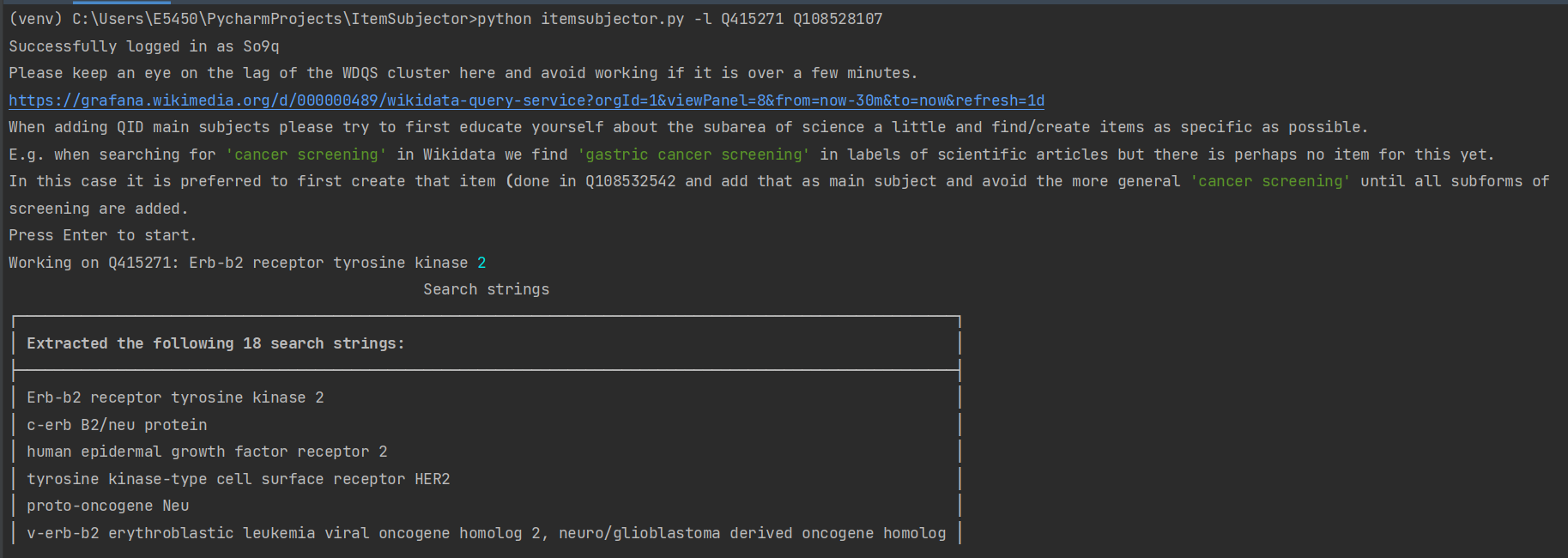Named Entity Recognition API with spaCy and GiNZA
I wrote a blog post about this repository in Japanese.
機械学習の推論WebAPIの実装をテンプレート化して使い回せるようした
Run Web API
Local
$ sh run.sh
# poetry run uvicorn app.main:app --reload --host 0.0.0.0 --port 9000
Docker
$ docker build -f Dockerfile -t spacy-ginza-ner-webapi .
$ docker run -p 9000:9000 --rm --name spacy-ginza-ner-webapi -t -i spacy-ginza-ner-webapi
Docker Compose
$ docker compose up --build
Request Commands
$ curl --request POST --url http://127.0.0.1:9000/api/v1/predict --header 'Content-Type: application/json' --data '{"input_text": "2018年の夏にフランスに行った。ジベルニー村のジャン・クロード・モネの家で池に浮かぶ睡蓮を見た。"}'
$ http POST http://127.0.0.1:9000/api/v1/predict input_text="2018年の夏にフランスに行った。ジベルニー村のジャン・クロード・モネの家で池に浮かぶ睡蓮を見た。"
Development
Run Tests and Linter
$ poetry run tox




